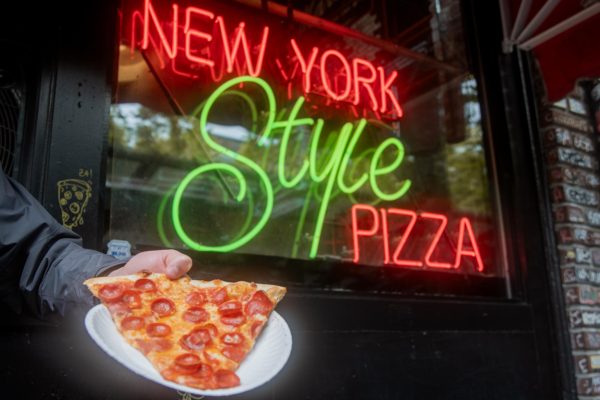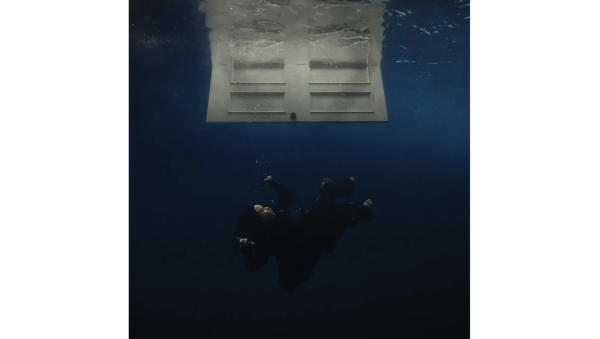Scenes from “Angels in America,” a Flawed but Powerful Production
The Foundation for AIDS Research and Broadway.com teamed up Oct 8 to produce a star-studded selection of highlights from Tony Kushner’s groundbreaking 1991 play, “Angels in America,” to raise money and combat COVID-19.
This is the point at which I must confess that I have yet to watch a full production of “Angels in America.” The show is long and demands a large and talented cast, so it is not often staged in regional theaters. In addition, the show is about the AIDS epidemic, and unfortunately the much more upbeat “Rent” is given far more attention than Kushner’s more gritty illustration of the lives of the LGBTQ+ community in the late 80s and early 90s.
After my exposure to “Angels” through the joint amfAR and Broadway.com production, I have no excuse to neglect seeking the show out. In fact, the opening title of the production makes that clear, proclaiming that it is “worth the whole viewing experience. Check it out on HBO.”
Director Ellie Heyman made a wise choice when selecting scenes from the play. It would be nearly impossible for an individual who watched this broadcast to recount the plot of “Angels in America.” They would, however, be able to distill the attitude and purpose of the play.
The first moments of the show weave the current COVID-19 pandemic and the AIDS epidemic together, as they are both plights that disproportionately impact disenfranchised communities.
“In a time when hospitals are overflowing, our government is failing, and we do not know how to process these events… we reach back to 1986,” the introductory text proclaims.
The editors of the production have done a commendable job of integrating the footage. Due to COVID-19 inhibiting the ability of actors to congregate, shooting footage in their own homes has become the new normal, and the editors are merging the videos into cohesive scenes.
Some eyelines don’t match up, and there are times in which the dialogue doesn’t sync perfectly because the actors are not directly conversing with one another. Regardless, the production makes the smart choice stylistically. The brilliant colors and fuzzy, washed out quality of the color grading smooths over what could look like an extremely awkward set of people isolated from each other, yelling into the void.
The first vignette features Andrew Rannells as protagonist Prior Walter, who is at a low point as he continues to suffer from AIDS. In a dream-like state and in the process of applying makeup to lift his spirits, Prior’s dream is interrupted by Harper Pitt, a mormon woman who is also at a low due to her Valium addiction. The banter between the two is charming.
At one point, Pitt remarks, “In my church, we don’t believe in homosexuals.” Walter responds, “In my church, we don’t believe in Mormons.” Rannells debuted in the original production of Book of Mormon as Elder Price, which gives an extra level of hilarity to the lines.
Vignette two features Prior speaking to his friend Belize. Paul Dano gives a performance distinct from Rannells’ which is equally as impressive. He emphasizes the sensitive and on-edge qualities of Prior as a character. Larry Owens does not have a great deal of material to work with as Belize, but his portrayal is of the quality a broadway audience would expect.
Glenn Close and S. Epatha Merkerson engage in what is certainly the most chilling scene in the production. It would be a shame to spoil the premise of the scene, but Close and Merkerson are both brilliant performers whose decades in the industry are highlighted in the scene.
Laura Linney, Patti Lupone, Louis Smith and a smattering of other theater heavyweights grace the performance, but do not have much opportunity to work with the few lines they are given. The most impressive performance of the production is Brian Tyree Henry’s portrayal of Prior. Henry’s performance manages to pack a complex punch despite his short screen time. He dips into Walter’s more philosophical edge, and by doing so, closes the production in a form fitting with the message. As he utters the closing lines, his message of persistence is echoed by those who have lost loved ones to COVID-19 in the background. It is a moving moment that makes the selected pieces more important than just a series of random scenes.
In an era during which the government is again failing to fulfill its duties to keep the public safe from a deadly transmutable ill, the amfAR and Broadway.Com production connects the wounds of the past with the pains of the present. It is not an easy viewing experience, but it is an important one. The actors and directors who organized the event understand the importance of art in reflecting upon contemporary issues through a critical lens. While it may be overly aspirational to assume the production will spark systemic policy change, it certainly offers a shred of hope during a dark time in American public life.










